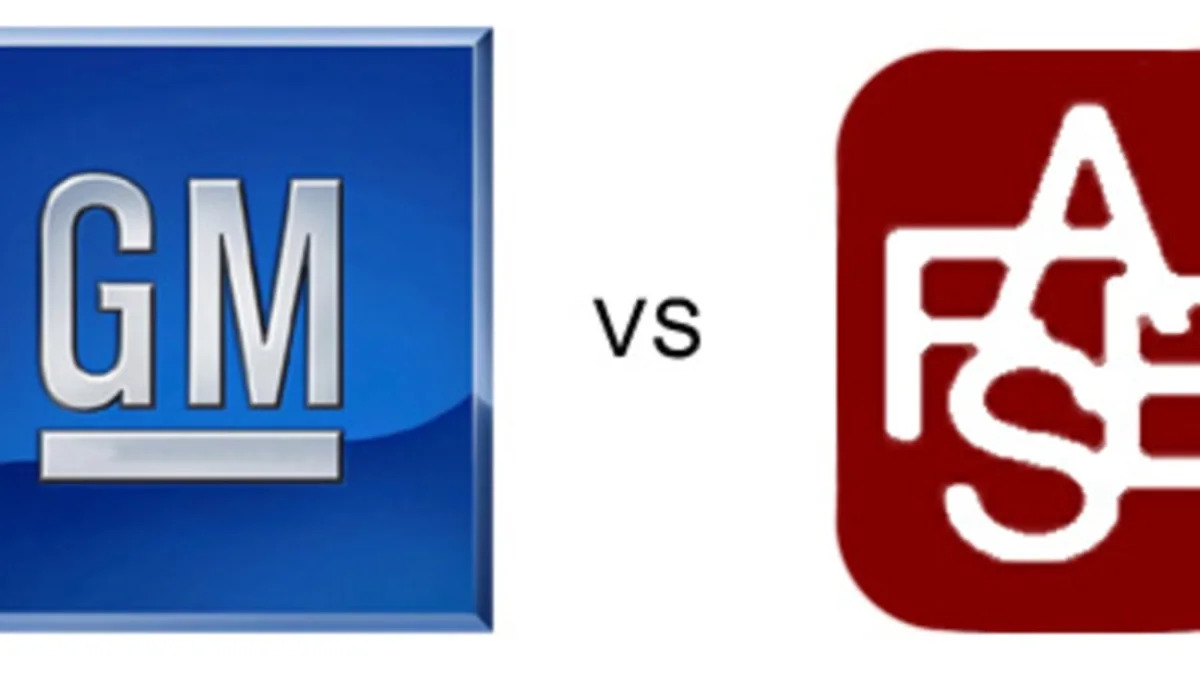GM's announcement of a $38.6 billion loss yesterday generated quite a bit of shock and many questions. The explanation of "accounting adjustments" didn't sit well with those of us who don't study tax laws for a living, so we decided to pull out our Rolodex and call up someone who could give us a quick lesson in accounting standards. Fortunately, we had the number for Manuel Johnson, former chairman of the Financial Accounting Standards Board (FASB).
Mr. Johnson explained to us that U.S. tax law allows a corporation that suffers net losses to carry forward the total loss balance into future years in order to use the negative numbers as offsets against future profits. The result is that future taxes are lower because the corporation is taxed only on the profits minus the forwarded loss. Meanwhile, the total losses that are carried forward are treated as assets on the balance sheet. That is where GM gets its total of $38.6 billion; it is the automaker's cumulative loss total.
In particular, Mr. Johnson had this to say for the reasoning behind GM's surprising book report:
Mr. Johnson explained to us that U.S. tax law allows a corporation that suffers net losses to carry forward the total loss balance into future years in order to use the negative numbers as offsets against future profits. The result is that future taxes are lower because the corporation is taxed only on the profits minus the forwarded loss. Meanwhile, the total losses that are carried forward are treated as assets on the balance sheet. That is where GM gets its total of $38.6 billion; it is the automaker's cumulative loss total.
In particular, Mr. Johnson had this to say for the reasoning behind GM's surprising book report:
The FASB has decided to toughen the criteria for asset valuations on the balance sheet of corporations. Adjustments are required for assets that don't meet the tougher test by first quarter of 2008. This is a one time adjustment and it could be reduced in the future if it looks like GM will be more profitable.
It looks like GM chose the 3rd quarter of 2007 to make the necessary adjustments in its books to match the new rules put forth by the FASB. That is why the $38.6 billion reported number is just a formality and not actual cash. Perhaps we might see a few more corporations follow in the footsteps of GM by posting record losses in coming months, as well.

Sign in to post
Please sign in to leave a comment.
Continue